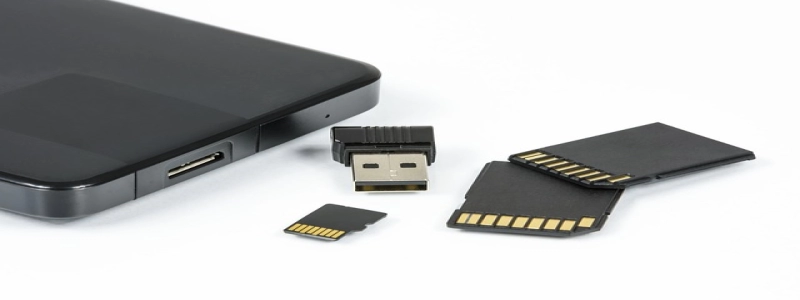QSFP28 vs QSFP+: Understanding the Key Differences
introduzione:
In the ever-evolving world of data centers and networking, the demand for higher bandwidth and faster data transmission continues to grow exponentially. As a result, networking professionals are constantly seeking better options to meet these requirements. This article will explore and compare two commonly used transceiver modules in high-speed networks – QSFP28 and QSFP+.
IO. What are QSFP28 and QSFP+?
A. QSFP28:
1. Definition: QSFP28 stands for Quad Small Form-Factor Pluggable 28.
2. Speed and bandwidth: It supports data rates up to 100 Gbps, making it ideal for high-performance data center applications.
3. Form factor: QSFP28 is physically smaller than its predecessor QSFP+.
4. Connector type: QSFP28 uses a 4x28Gbps electrical interface and a Twelve Fiber MTP/MPO optical interface.
B. QSFP+:
1. Definition: QSFP+ stands for Quad Small Form-Factor Pluggable+.
2. Speed and bandwidth: It supports data rates up to 40 Gbps, making it suitable for high-speed networking requirements.
3. Form factor: QSFP+ is slightly larger than QSFP28.
4. Connector type: QSFP+ uses a 4x10Gbps electrical interface and a Four Fiber LC Duplex optical interface.
II. Key Differences between QSFP28 and QSFP+:
A. Speed and bandwidth:
1. QSFP28 provides higher data rates of up to 100 Gbps, whereas QSFP+ offers a maximum of 40 Gbps.
2. This significant difference in speed makes QSFP28 more suitable for bandwidth-intensive applications and future-proofing network infrastructures.
B. Form factor and density:
1. QSFP28 has a smaller physical size compared to QSFP+.
2. The compact form factor of QSFP28 allows for more ports in networking equipment, enabling higher port density and increased scalability.
C. Power consumption:
1. QSFP28 typically consumes more power due to its higher data rates.
2. QSFP+ consumes comparatively less power, making it a more energy-efficient option for networks with lower bandwidth requirements.
D. Cost:
1. QSFP28 modules are generally more expensive than QSFP+ modules due to their advanced capabilities and higher speed.
2. Networks with specific high-speed requirements may justify the higher cost of QSFP28, while networks with lower bandwidth needs may opt for the more cost-effective QSFP+ modules.
III. Applications and Use Cases:
A. QSFP28:
1. Data centers: QSFP28 modules are extensively used in modern data centers for high-speed networking and storage applications.
2. Cloud computing: With the increasing demand for cloud services, QSFP28 modules play a vital role in facilitating rapid data transfer within cloud environments.
B. QSFP+:
1. Traditional networking: QSFP+ modules are commonly utilized in various networking applications, such as enterprise networks, service provider networks, and data storage devices.
Conclusione:
In conclusion, both QSFP28 and QSFP+ are valuable transceiver modules that serve different network requirements. QSFP28 offers higher data rates and scalability, making it suitable for bandwidth-intensive applications. On the other hand, QSFP+ provides a cost-effective solution for networks with lower bandwidth needs. It is crucial for networking professionals to consider their specific requirements and future growth prospects when choosing between these two options.








